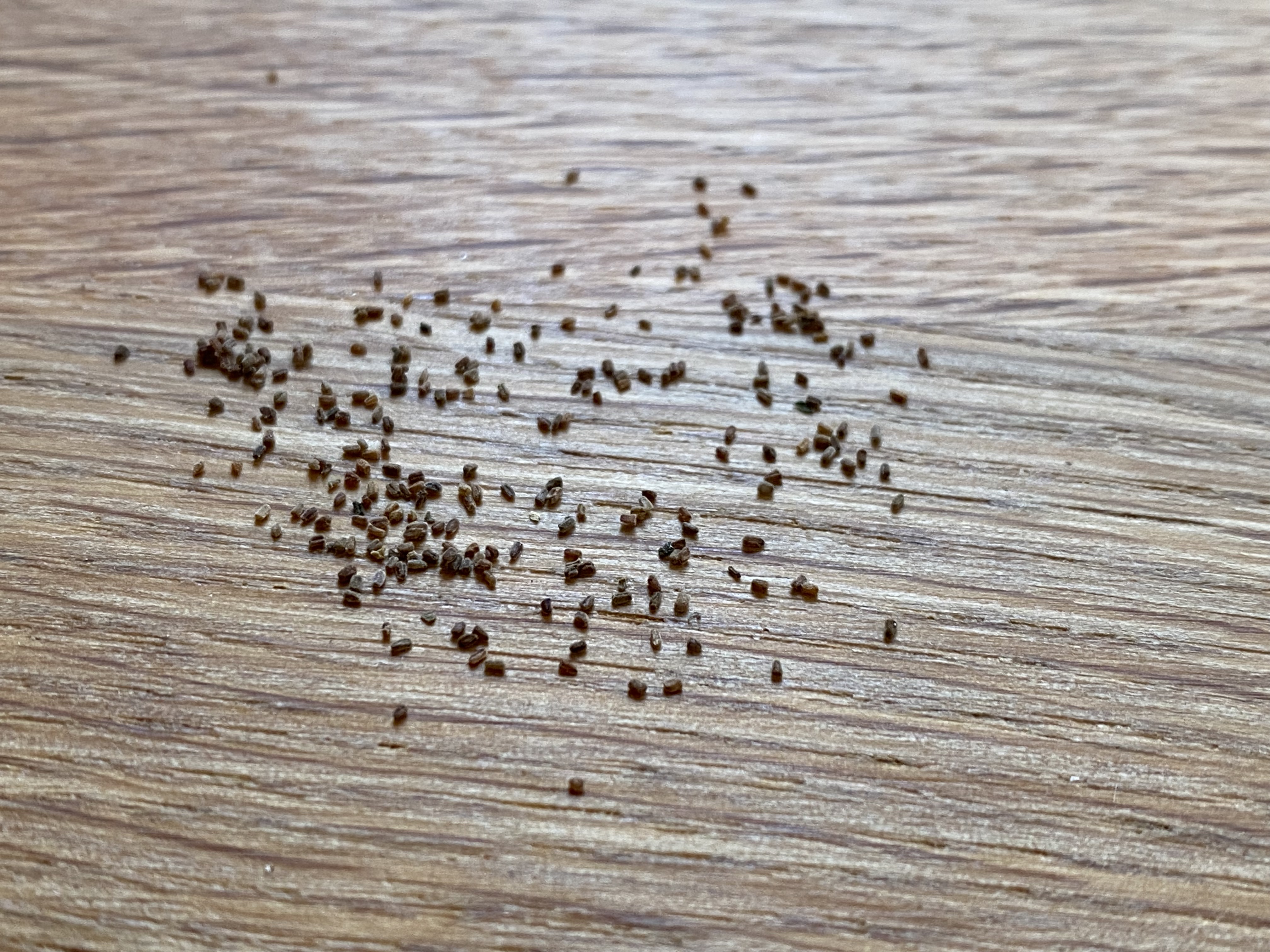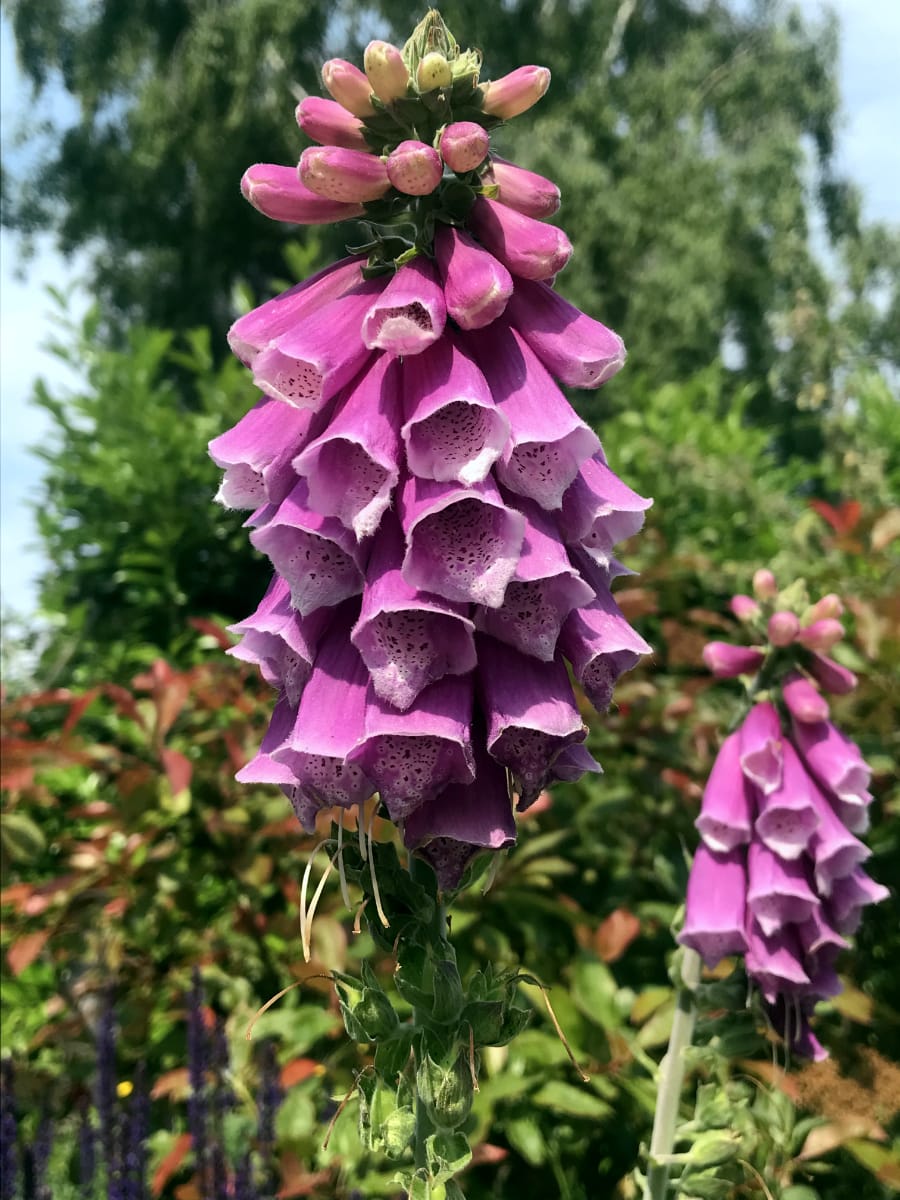Nothing in Basket!




Foxglove Wildflower Seed | Elegant Purple Spires Loved by Bees
Safety Warning: Highly toxic by ingestion. Wear gloves and wash hands after handling. Keep away from children and pets who may ingest the plant.
Key Features:
Description: Vertical Interest and Shaded Elegance
Introduce the majestic Foxglove (Digitalis purpurea) to your garden. This hardy biennial or short-lived perennial produces impressive, tall, one-sided spires adorned with pendant, tubular, bright rosy-purple flowers, beautifully spotted within. Highly attractive to bees, Foxgloves add a touch of wild elegance and vertical interest to lightly shaded or sunny areas.
In its first year, Foxglove establishes roots and foliage, with the stunning flower spires appearing in the second year before the plant typically dies. (Christina's Tip): To ensure you have Foxgloves every year, simply allow a few of the tallest spires to set seed. The wind does the rest! You will soon have a naturalised colony providing continuous blooms.
Adaptable to almost any soil type (avoiding very wet or dry conditions), it thrives in humus-rich soil in partial shade but will also grow in full sun.
Sowing Information:
Growing Tips:
Sow Foxglove seeds from March to August for flowering in the following year. While adaptable, avoid very wet or dry soils. Deadhead after flowering to manage self-seeding if desired.
Getting a vibrant wildflower display is easier than you might think! Here's a simple guide to help you succeed, even if you're new to gardening.
You have two main windows for sowing your wildflower seeds:
Try to avoid sowing when frost is expected or during very dry, drought-like conditions, as this can affect germination.
Getting the Sow Rate Right
For our 100% wildflower mixes, the recommended sowing rate is 1.5 to 3 grams per square metre.
The magical transformation of your wildflower patch will unfold over time, depending on the types of seeds in your mix:
You can always check the specific "mixture details" under the product description on our website to see if your chosen mix includes annuals, perennials, or both.
Proper ground preparation is key to giving your wildflowers the best start.
Whether you're using pots or preparing a garden bed, ensure you remove any existing weeds and grass beforehand. This way, your precious wildflower seeds won't have to fight for space and nutrients, helping them establish successfully.
Once your ground is ready, follow these simple steps for sowing:
Once your wildflowers have bloomed and the season is ending:
Nothing in Basket!